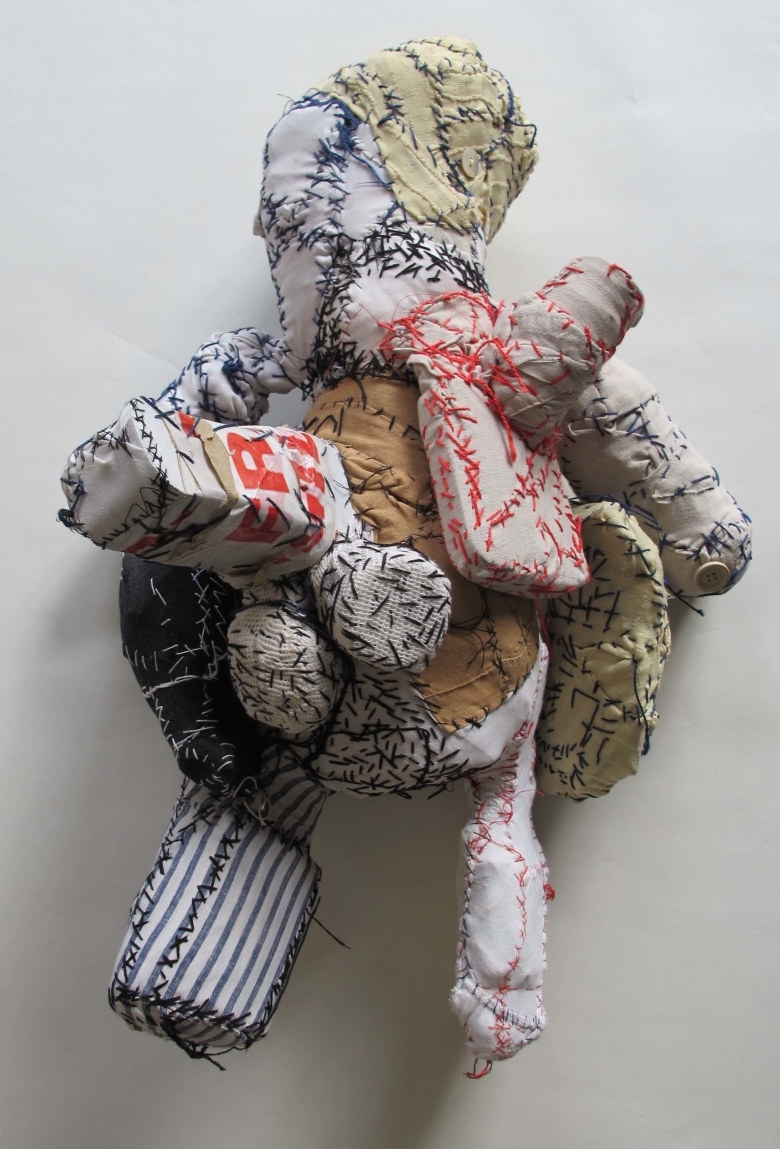
The French creator Michel Nedjar honored the Collection de l'Art Brut with a major bequest in late 2015.
Last year, the Collection de l'Art Brut received a major bequest by the French creator Michel Nedjar. Thus, one hundred forty-two drawings, "sewing pieces" and dolls have now been added to the Lausanne institution's already existing museum holdings. In point of fact, Jean Dubuffet had already acquired works by Michel Nedjar for the Collection de l'Art Brut during the 1980s. And it is thus that Michel Nedjar in turn came to discover Art But, spurring him to become one of the founders of the Aracine Collection. In 1999, that Collection would in turn be donated to th LaM (Lille Métropole Museum of Modern, Contemporary and Outsider Art) in Villeneuve d'Ascq.Although donations are important to developing the collections of our museum, only rarely do we receive such a significant bequest. This particular gift enables our museum to encompass almost three hundred pieces by this historically major creator.
We look forward to having Michel Nedjar with us at the Collection de l'Art Brut at some date (to be announced) during the second semester of 2016. He will be our guest under the auspices of the "Encounters with" series set up all through this year to commemorate the museum's 40th anniversary.
Michel Nedjar (1947), France
Michel Nedjar was born in Soisy-sous-Monmorency (France) to a Jewish family encompassing the Ashkenazi and Sephardi traditions His father hailing from Alger, was a tailor. His mother, from Poland, settled in Paris in around 1923, to flee the pogroms, most of her family disappeared in the concentration camps. As a child, Michel Nedjar enjoyed playing with his sisters’ dolls and developed a fancy for fabrics. At the age of fourteen, he worked as an apprentice tailor in a clothes shop. Thereafter, he left to travel to different countries of Asia and to Mexico, where he first encountered magic and spell-casting dolls.
Once back in Paris, Nedjar began making fetish-dolls out of various fabrics and rags, to which he added feathers, bits of wood, straw and string dipped in dye baths, soil and blood.
Since 1980, he has also been doing drawings using wax and paints on salvaged supports. He lives in Paris, where he continues to work at his creations.
Publish Date: 19.01.2016